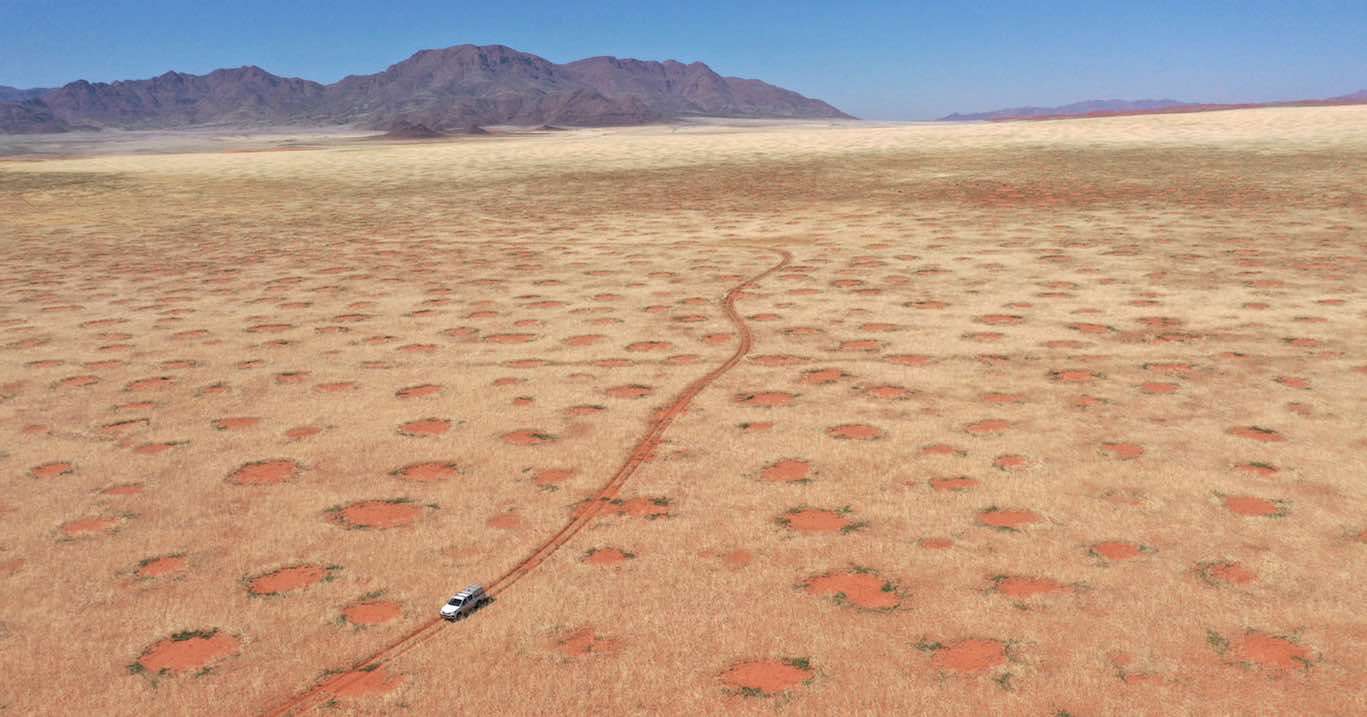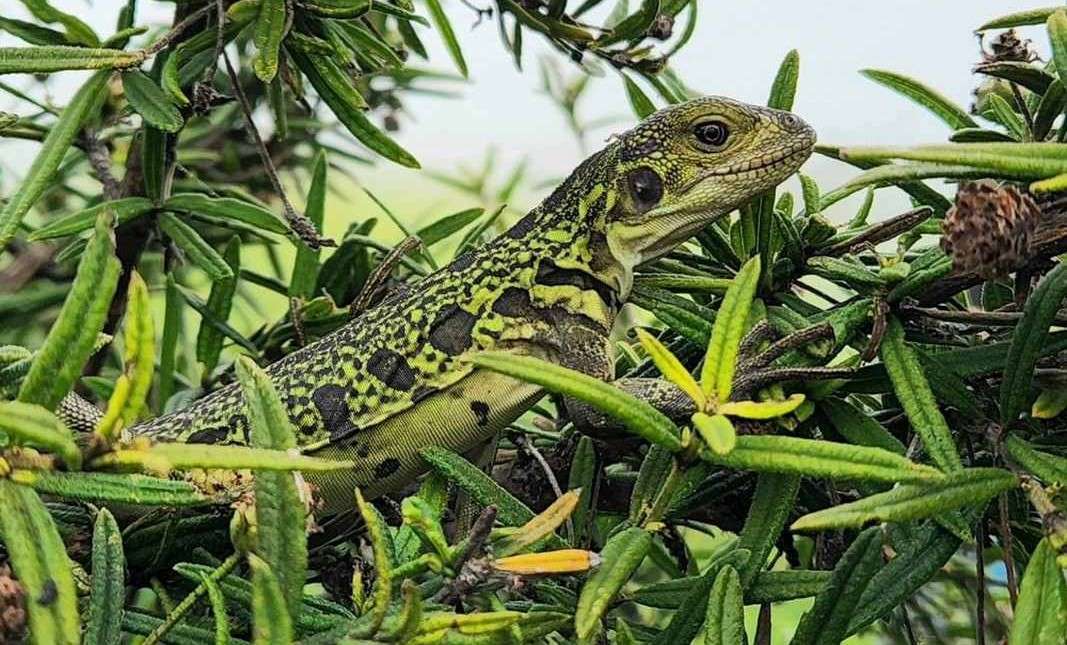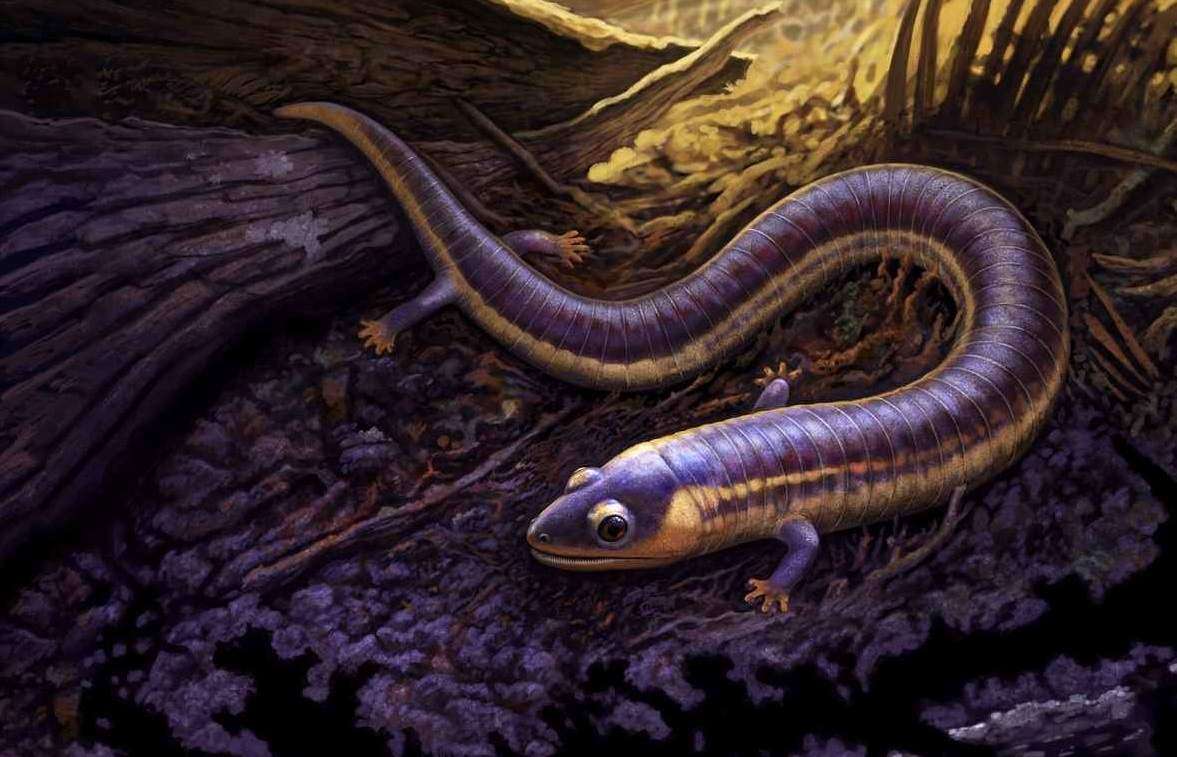Secrets of Namibia's Fairy Circles Were Demystified After Half Century
Scientists have puzzled over the origin of Namibia's fairy circles for nearly half a century, but German researchers have finally solved it.

Scientists have puzzled over the origin of Namibia's fairy circles for nearly half a century, but German researchers have finally solved it.

By utilizing this latest development, scientists may be able to make a selective pesticide that kills mites, but leaves precious pollinators unharmed.

COVID-19 has led to an increase in citizen science programs in places like Occoquan Bay NWR, where butterflies and other insects are recorded.

Baby pink iguanas were seen for the first time ever, and their nesting behavior and major predators have been caught on camera.

It's not a frog, nor a salamander, but the early-Triassic version of what today are called Caecilians: a family of legless amphibians.
A porous, transparent electrode solar cell can generate hydrogen gas fuel from the moisture in the air around it.
A new fossil of a 'bizarre' creature shines fresh light on an evolutionary mystery with its T-rex-like skull attached to the body of a bird.
This 1.1 inch flower incased in amber was found 150 years ago, but a re-examination found pollen samples which proved its modern lineage.
A hair beyond 1 million miles from the center of the galaxy, these stars mark the end of the Milky Way as we know it.
The team mixed their own Roman concrete and it took only 2 weeks for a deliberately inflicted crack to close.
A green comet has been dazzling astrophotographers, and its once-in-50,000 year passing of Earth on Feb 1st is not to be missed.
On June 10, prepare to see the 'Ring of Fire' solar eclipse—if you're in the right place, such as north east Canada.
From April to June this year, a rare conjunction will see Jupiter, Saturn, Venus, Mercury, and Mars all join each other in the pre-dawn sky.
This month is the brightest time to see Mars, the longest night of the year, and will also feature the Geminid Meteor Shower.
The remains of a petrified forest, an intact mastodon skull, and more were found on the banks of the Mokelumne River watershed in California.
The skeleton of a new species of paraceratherium, or giant rhinoceros, is one of the largest land mammals ever recorded.
A tardigrade fossil has been discovered in a once in a lifetime find. It shows a new species in 16-million-year-old amber.
A 72 to 66-million-year-old embryo found inside a fossilized dinosaur egg sheds new light on the link between bird and dinosaur behavior.
A tooth found in North Carolina was identified recently as perhaps coming from a 4-legged whale that swam all the way from Pakistan.
A new NYU analysis considers backbone differences between humans and Neandertals — and the possible impact of industrialization.
Recent Stories
A Heartfelt Reminder to Appreciate the Ones We Love
Cherish the Woman Who Stands by You
Breaking Generational Cycles of Pain
Living by Your Own Values, Not Others' Approval
When Life Brings Rain, It’s Okay to Rest
Before You Judge Someone's Life, Take a Moment to Walk in Their Shoes.
A Friend Who Spreads Gossip is Not a True Friend at All
The Value of Human Connection Over Digital Convenience
The Quiet Kind of Love
One Day, Your Mom Won’t Call You Anymore
I’ve reached a point in my life...
Happiness is a mindset, a conscious choice we make every day